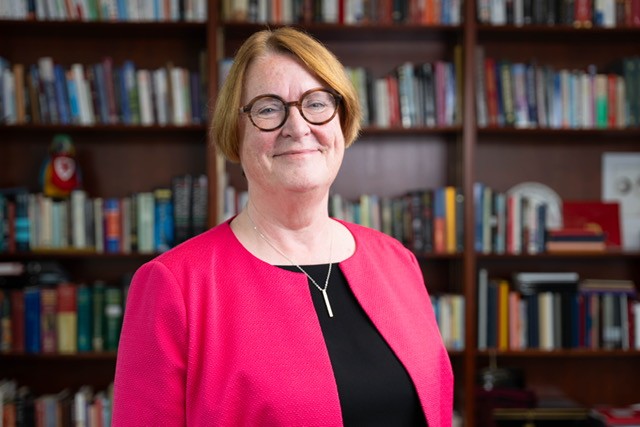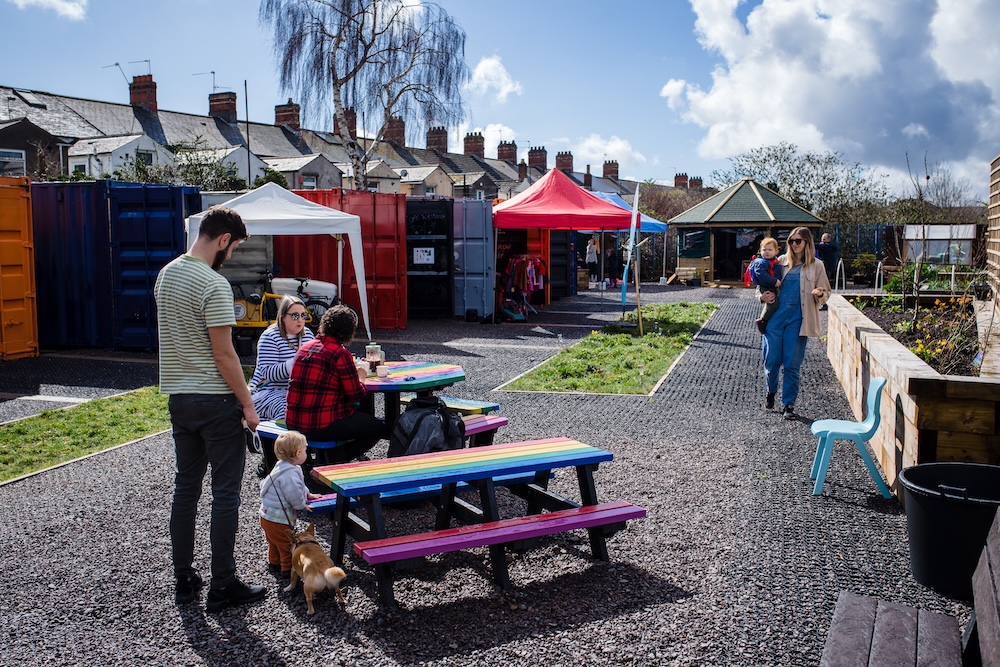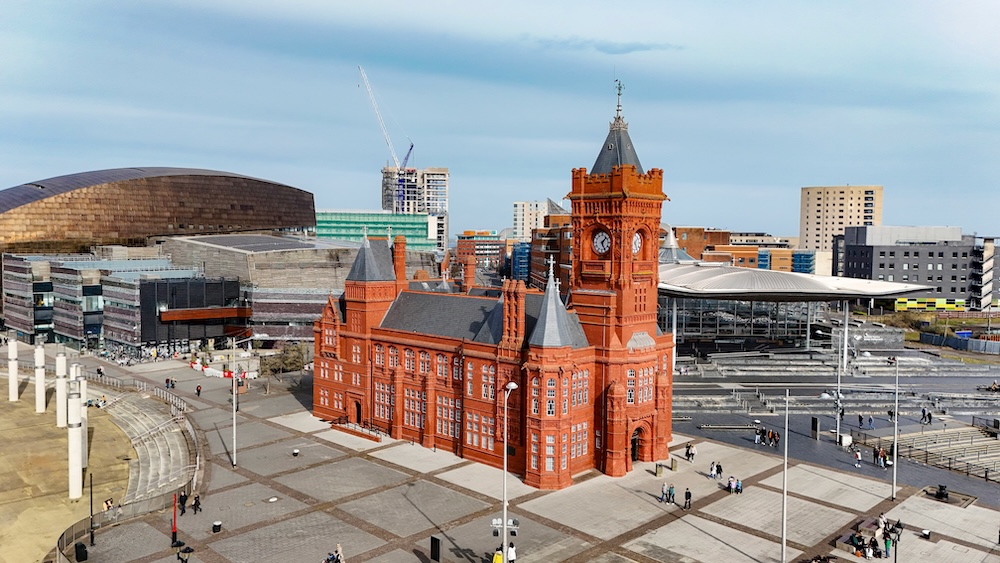Dr Sioned Pearce and Dr Stuart Fox present evidence on what the Welsh public thinks of the media coverage for GE2017
Critical debate and discussion on Welsh media have been a welcome and prominent feature of Click recently, going back to the Institute of Welsh Affairs (IWA) Wales Media Audit of 2015 which showed a steady decline in funding for Welsh media since 2007, culminating in the IWA Welsh Media Summit in March (for a good example see my colleague Dr Dan Evans’ article).
More recently, GE17 leadership debates, polling results and constituency outcomes have been crowding media reports and influencing public debate across the UK, and Wales is no different. However, in a recent BBC news article, ‘General election 2017: Welsh Voters’ coverage confusion?’, it is claimed that the Welsh public could have been ‘short-changed’ by election coverage and ‘left out’ of important political announcements in the media, and not informed clearly or correctly about devolved Welsh matters included in UK-wide manifestos. For many of the major election issues, such as health and education, devolved policy applies in Wales and therefore UK-wide manifesto promises mean different things in Wales. The article cites a Cardiff University study critiquing news coverage in Wales for not going into detail on policies, particularly those that are devolved. Assuming these claims are correct, a key question to ask is: what does the Welsh public think of the media coverage for GE17? If awareness of underreporting in Wales is high, then patchy media coverage does not necessarily translate to an uninformed population – which is good news. However, if awareness of underreporting is low then public assumptions about UK policy applying to Wales (when it doesn’t), is much more likely. In short, we ask, how critical is the Welsh public of what is seen by experts as ‘poor’ media coverage?
We asked ‘How impartial and fair do you think the coverage was from the following sources during the general election?’ as a way of measuring ‘critical’; then categorised responses by television, newspapers and social media. As Table 1 below shows, the majority did not feel any source of media gave fair and impartial coverage. Of those who did, television was seen as most fair and impartial (with 42%) and newspapers the least (with only 12%). What stands out is that social media being seen as more fair and impartial than newspapers; considering the self-selecting nature of contacts on social media, this is surprising. However, it could say more about the public’s negative view of newspapers than about their positive view of social media; particularly as only 39% see social media as fair and impartial.

Table 2 shows public perceptions of all three sources of media combined, by region of the UK. The majority in all regions saw media coverage of GE17 as ‘not fair and impartial’. However, in terms of regional variation there is little of note; the North East where the highest numbers thought coverage was fair and impartial (34%) is only 11% higher than Scotland where the lowest numbers thought it was fair and impartial (23%). The biggest gap is between the North West with the most unfavourable view of media coverage (63%) compared and the East Midlands (47%), a difference of 16%. Wales, does not stand out as a evolved country, and neither does Scotland with the exception of having the highest proportion of ‘don’t knows’ (20%). Wales is on the higher side of ‘not impartial and fair’ with 61%, but again, this is only 9% different from the average of 52%.

The picture changes slightly when we spilt the responses into sources of media, in Table 3. Here we see a bit more regional variation. While perceptions of television coverage remain fairly similar across the regions, difference in views of newspapers and social media are wider. There is a 20% difference between the North West where newspapers are seen as particularly unfair and impartial (5%) and the East Midlands where newspapers are most likely to be seen as fair and impartial (25%). For social media, there is a 30% difference between the North West where social media is seen as particularly fair and impartial (56%) and the East Midlands where it is not (26%). For Wales, however, views on different sources do not stand out. Wales is in the top three regions most likely to think television is fair and impartial and in the bottom three least likely to think newspapers are fair and impartial; but again not notably different from the average.

Based on the findings presented here, the Welsh population does not appear to have a comparatively critical view of media coverage on GE17. However, Wales does share the generally critical view of media coverage across the UK. Whether or not this is linked to knowledge of devolved policy issues or a feeling of being ‘short changed’ we cannot say, however, it is clear that the Welsh population may not be as confused as the BBC article noted above suggests.
All articles published on Click on Wales are subject to IWA’s disclaimer.





